HOW TO CHOOSE A BATHROOM VANITY
Modern bathrooms combine utility and style rather than merely being functional rooms. As soon as you enter a bathroom, one of the first things you’ll notice is the vanity. A bathroom vanity is the unit that houses or surrounds your sink with a surface area. They typically include some storage shelves or drawers, and sometimes also have a section above the sink with a mirror and light fixtures. Vanities vary to suit every aesthetic preference and functional need. Where to even begin to start when you need to choose one that’s ideal for your bathroom requirements?
You start your mornings at the vanity in your bathroom. Here, you brush your teeth and style your hair as you mentally review your to-do lists and daily plans. Every evening, you end up at your vanity again to wash away the day’s highs and lows before bed. You therefore definitely need to give your choice some serious thought!
Here are the golden rules of how to choose a bathroom vanity:
1. KNOW HOW TO CHOOSE A BATHROOM VANITY THAT IS COMPATIBLE WITH YOUR SPACE
While bathroom remodeling and redesigning are commonly carried out renovations, rearranging walls and doors, limiting where you can put your vanity. Consider the following details to help you choose the right bathroom vanity for you:
- The location of the electrical outlets, plumbing, and other built-in components like cabinets
- The flow of the room, such as whether the location of your vanity will obscure access to other areas of the bathroom (especially if those areas are visited more frequently)
- The bathroom door or shower door’s swinging direction
- If there is sufficient space for cabinet doors or drawers to open fully
It’s recomended to install your bathroom vanity before your plumbing work is done. Once the plumbing is complete, moving things around is no longer possible.
If undergoing a bathroom remodel, take into account the plumbing requirements. Choosing a bathroom vanity that will fit your existing plumbing will save the whole project.
2. LEARN HOW TO PICK A BATHROOM VANITY THAT SUITS YOUR NEEDS
Your vanity requirements will vary depending on the various users’ needs. These factors include the ages and number of users, the frequency of use, and the times during the day that this bathroom is needed.
POWDER ROOM VANITIES
The powder room is the smallest room in the house and can only hold a modest vanity. As the powder room is not for bathing, you won’t need to store bath towels, shampoos, and hair dryers. Adequate space to access the toilet and a vanity with one sink with a small countertop would do.
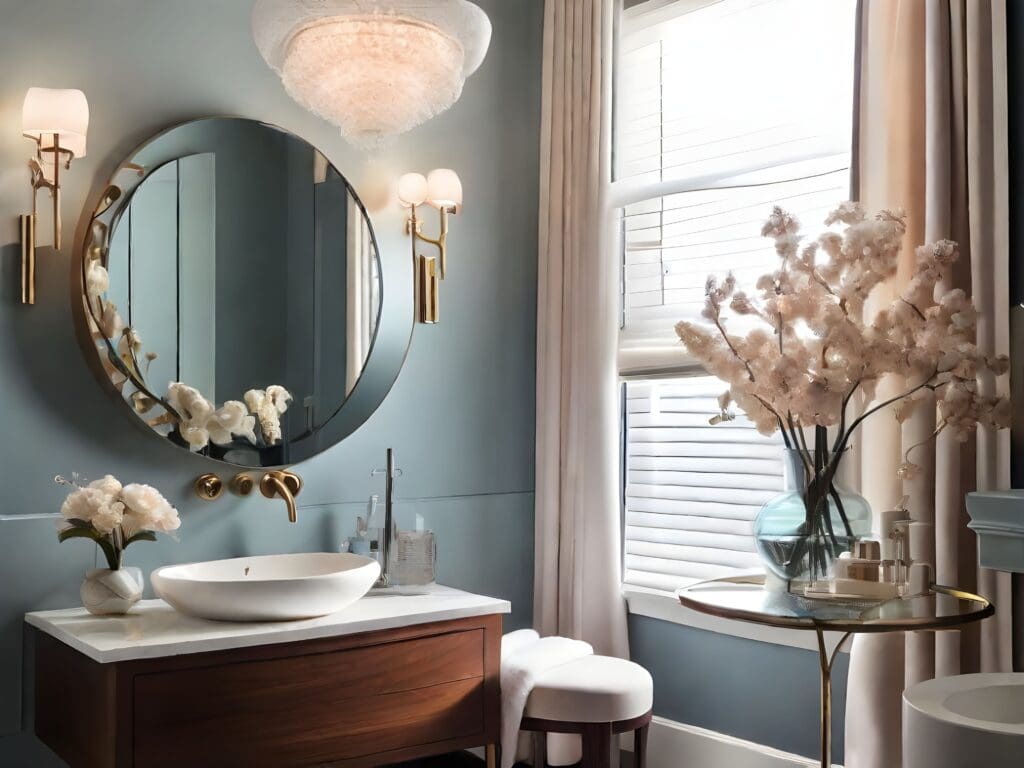

GUEST BATHROOM VANITIES
A guest bathroom vanity should be a size just large enough for essentials.
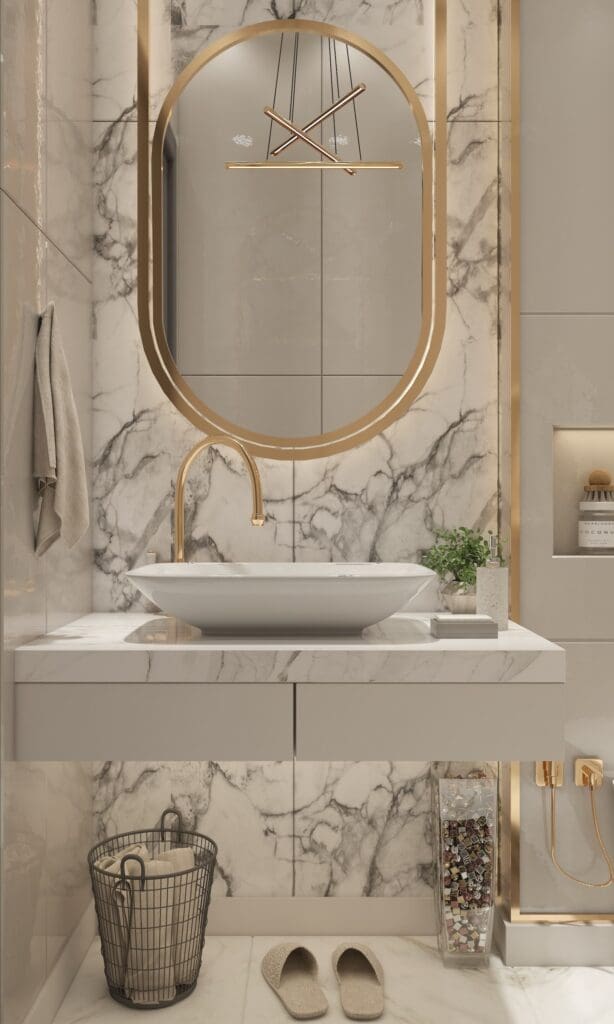

CHILDREN BATHROOM VANITIES
A vanity intended for the children’s bathroom should have adequate space to store clutter and bathing essentials. To contain clutter, have drawers and specified areas for items such as hair dryers and cosmetics. Your bathroom vanity’s height will determine how easy your children will find it to use. Consider lower counters with more durable materials if it will be used by young children.
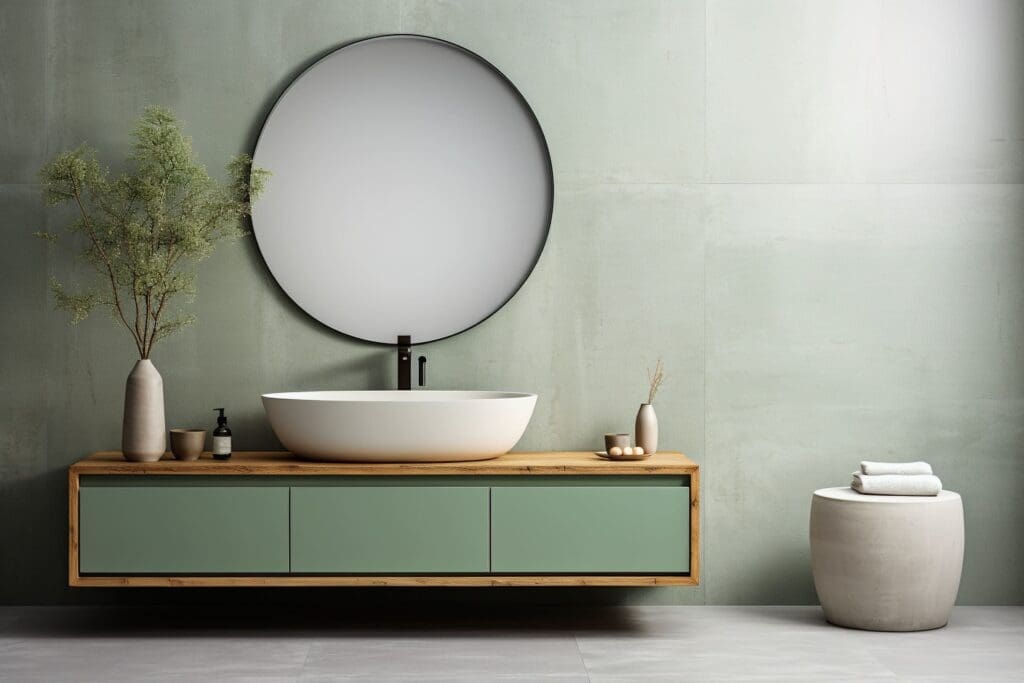

MASTER BATHROOM VANITIES
If you and your partner require a sink at the same time in the morning, a vanity with a double sink can be an attractive option. You may manage with something smaller if you’re generally in the room alone. If you like to do your hair and makeup at the vanity, you’ll need more counter space and storage available for your supplies.
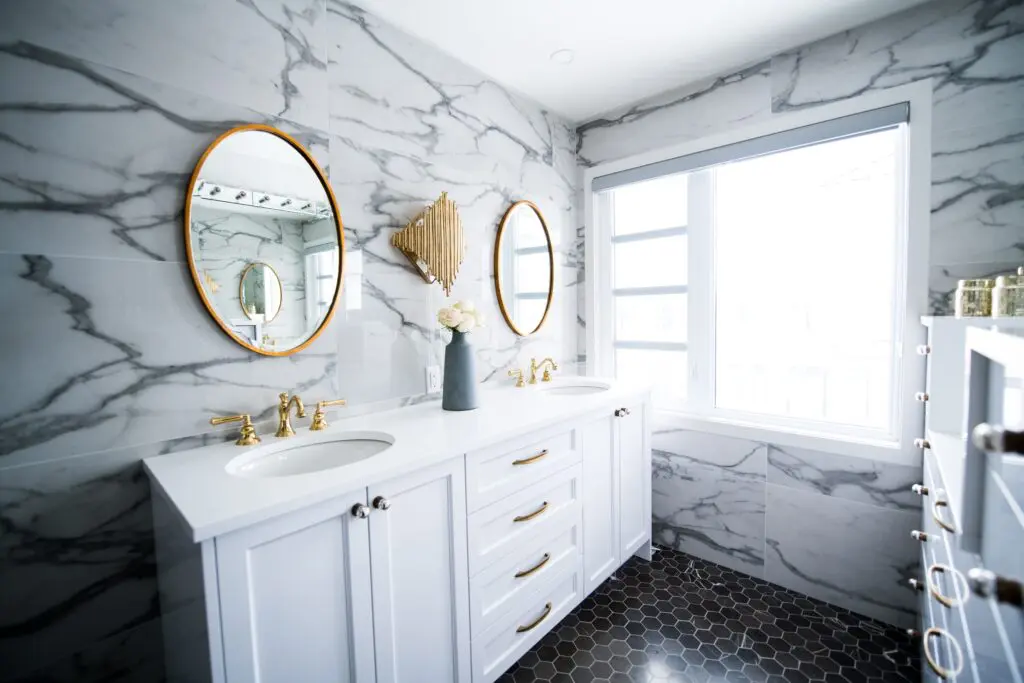

3. SEE HOW TO UTILIZE THE BATHROOM SPACE AVAILABLE
Bathroom vanities come in many sizes, styles, and configurations. Your bathroom vanity sizes should match the space available in your bathrooms. If you pick too big a vanity, you may not have adequate space left around it. A vanity that is too small will cause your area to look out of balance. You may also not get adequate storage.
The size of your vanity should therefore be a good fit for your bathroom.
While vanities are typically made in widths of 24”, 30”, 36”, 38”, and 60”, you can find them as narrow as 14” or as wide as 72”! This allows for a great deal of variability to use the space in your bathroom optimally. Of course, a bathroom vanity can always be custom-designed as well. Our designers are experts at creating and customizing unique and beautiful spaces for bathrooms across Manhattan!
No matter how much storage you need, cramming a large vanity into a small bathroom is not wise. A single vanity is the most appropriate option in a small bathroom. However, if your bathroom is larger, you can choose between a single big vanity and a double vanity.
4. HOW TO SELECT SUITABLE BATHROOM VANITY DESIGNS FOR EACH BATHROOM
Every bathroom will come with its own specifications and requirements. NYKB, expert bathroom remodellers in NYC, outlines various vanity designs to consider for your space:
A) FREESTANDING VANITY
The most common type of vanity style is freestanding, which is a popular option. Installing freestanding vanities against a wall is a common feature to add support. However, the legs carry the majority of their weight. This allows for more storage space underneath the sink.
Freestanding bathroom vanities are perfect for medium- and large-sized bathrooms.
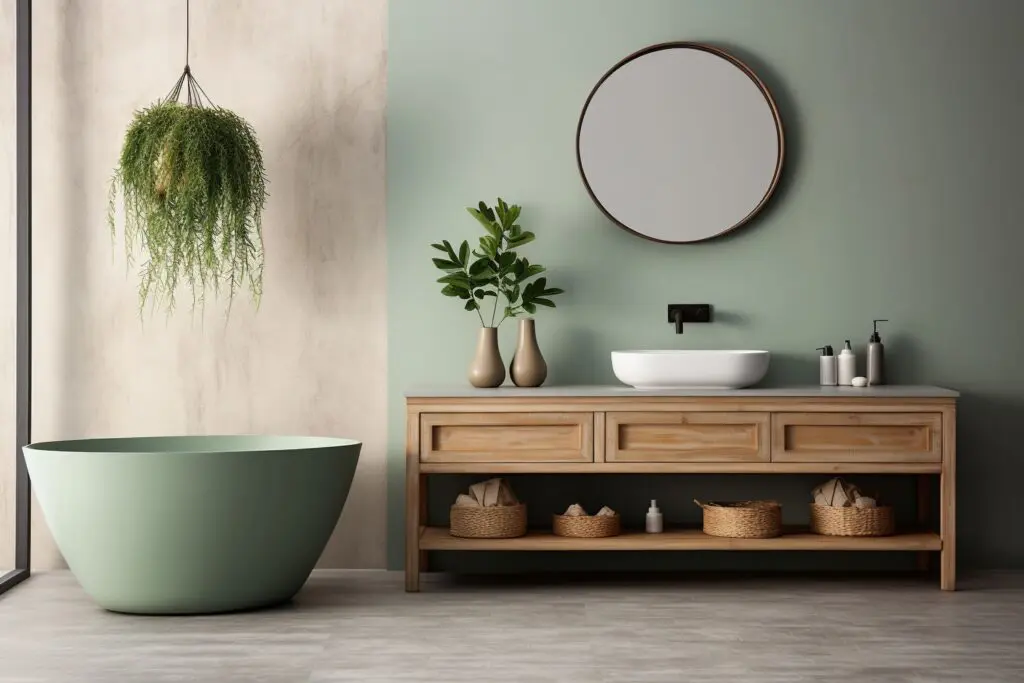

B) FLOATING / WALL-MOUNTED VANITY
The wall-mounted vanity style gives the impression that your bathroom is larger. The floating / wall-mounted vanity style is, thus, quite common in small bathrooms. You can also adjust them to a comfortable height.
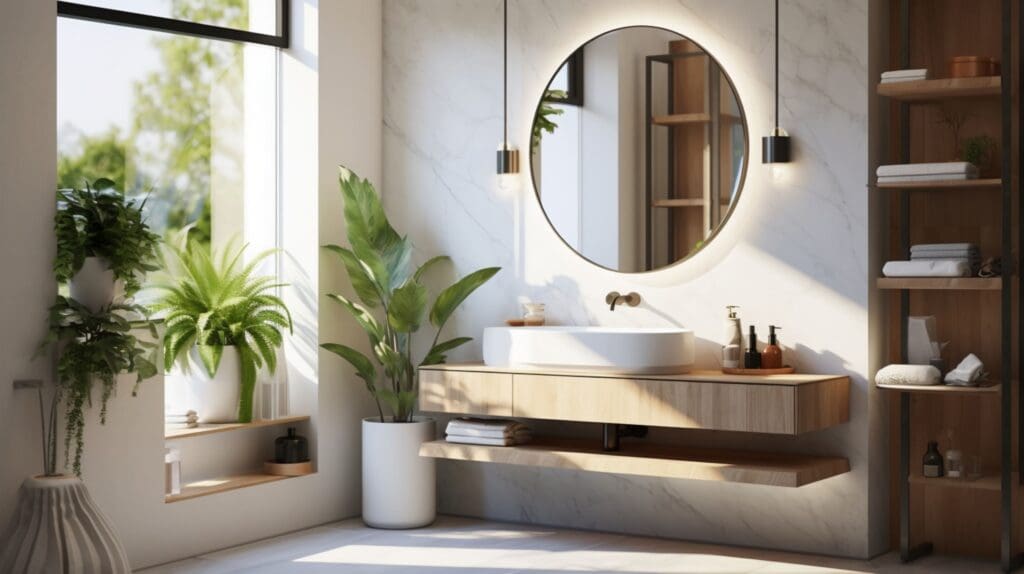

C) CORNER STYLE VANITY
A corner vanity is a space-saving style. Best for bathrooms with odd layouts like 90° corners, powder rooms, or small bathrooms. Corner vanities come in both modern and traditional styles. It’s worth remembering that they don’t give much countertop space, given their small size.
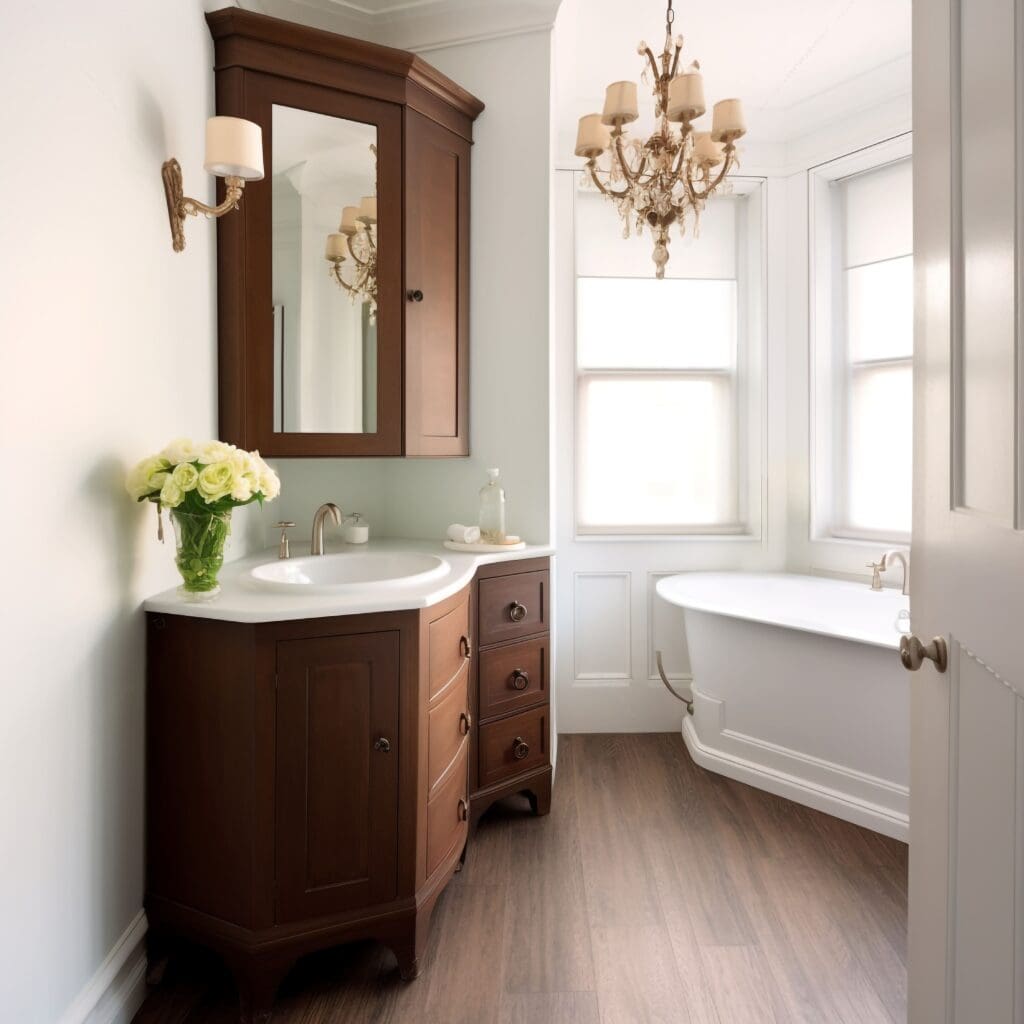

D) THE SINK STYLE VANITY
Consider how the sink bowl will affect the design and functionality of your vanity. The counter space you need and the required space for the sink should help you when choosing.
Choosing your sink also means evaluating the style of your faucet and handles! With every option from classic chrome, to brushed nickel, to matte black, shining gold and more, there are so many options for faucet finishes and styles. Picking out the style of your faucet can help you determine the overall tone of your bathroom because you can carry over coordinating the hardware to your shower, and other metallic objects in your bathroom!
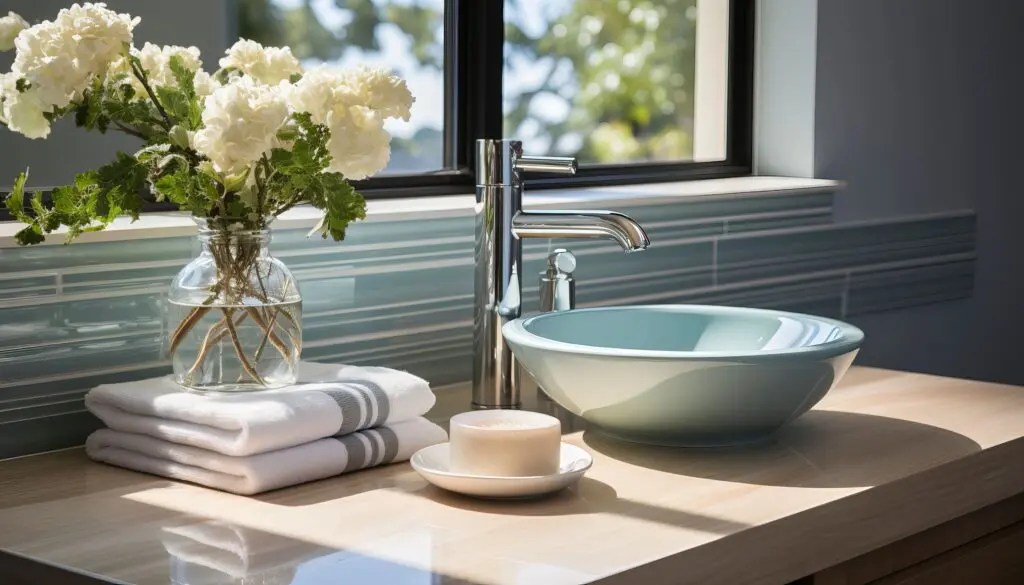

Common sink designs include:
UNDERMOUNT
Undermount sink is the most popular sink design. The sink is usually put underneath the countertop, thus, maximizing counter space.
DROP-IN DROP
Drop-In sinks are often mounted from above on top of the countertop, and these sinks have a raised lip that keeps them in place.
VESSEL
This style of countertop sink has a bowl-like shape. Vessel sinks are simple to install and give your bathroom a clean, modern look.
INTEGRATED
The sink is embedded into the countertop for a single, seamless vanity component. The vanity’s overall appearance has a smooth finish as the sink matches the countertop material perfectly.
WALL MOUNTED
Wall-mounted sinks give the impression that a small bathroom is larger.
DOUBLE-SINK
Sharing is not a problem using a double-sink vanity; double sinks benefit couples, roommates, siblings, etc. If changing from a single-sink vanity to a double-sink vanity, consider the size of your available space.
5) DESIGN STYLES
There are many different design styles of vanities, from traditional shaker style, to sleek and modern! Another decision to make is if you want a vanity that has a countertop already, or one without a countertop.
While a vanity that comes with one is easier, choosing a bathroom vanity without a countertop allows for more flexibility and creativity with style and material!
6) HOW TO CHOOSE THE RIGHT BATHROOM VANITY MATERIALS
Throughout its life, your vanity will come into contact with various substances. Water, spilled cosmetics, and cleaning supplies, to mention a few. Furthermore, bathrooms are usually more humid due to the hot showers.
For this reason, a vanity needs to be made out of a durable material, which ideally requires minimal maintenance. The most durable material for a bathroom vanity top is quartz, granite, or stone. But vanities come in various other materials too – see below for the most widely used materials for countertops and bases.
COUNTERTOP MATERIALS FOR YOUR VANITY
With many factors to take into consideration, here are the most popular materials to use for your vanity countertops:
CERAMIC
Ceramic is durable, moisture-resistant, easy to clean, and requires little maintenance. Ceramic is adaptable to any space as it’s available in various designs and colors. To preserve the quality, ceramic should be sealed regularly.
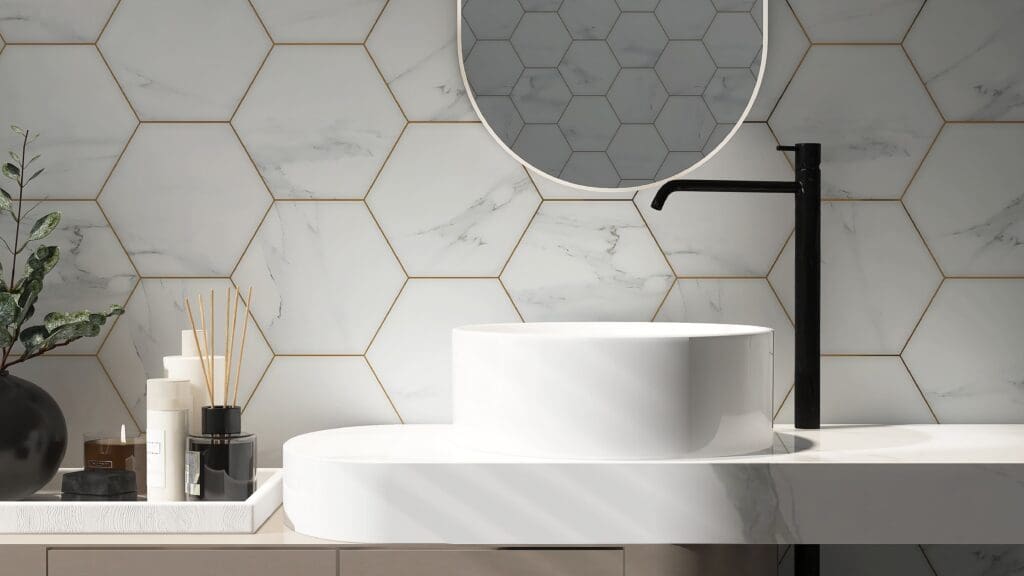

STONE
Natural stone adds an elegant and sophisticated touch to bathroom vanities. There are several options available, each with a distinctive appearance. These options range from granite to marble. Stone countertops can be expensive, but they are very long-lasting and stain-resistant. However, they need frequent polishing to maintain the best appearance.
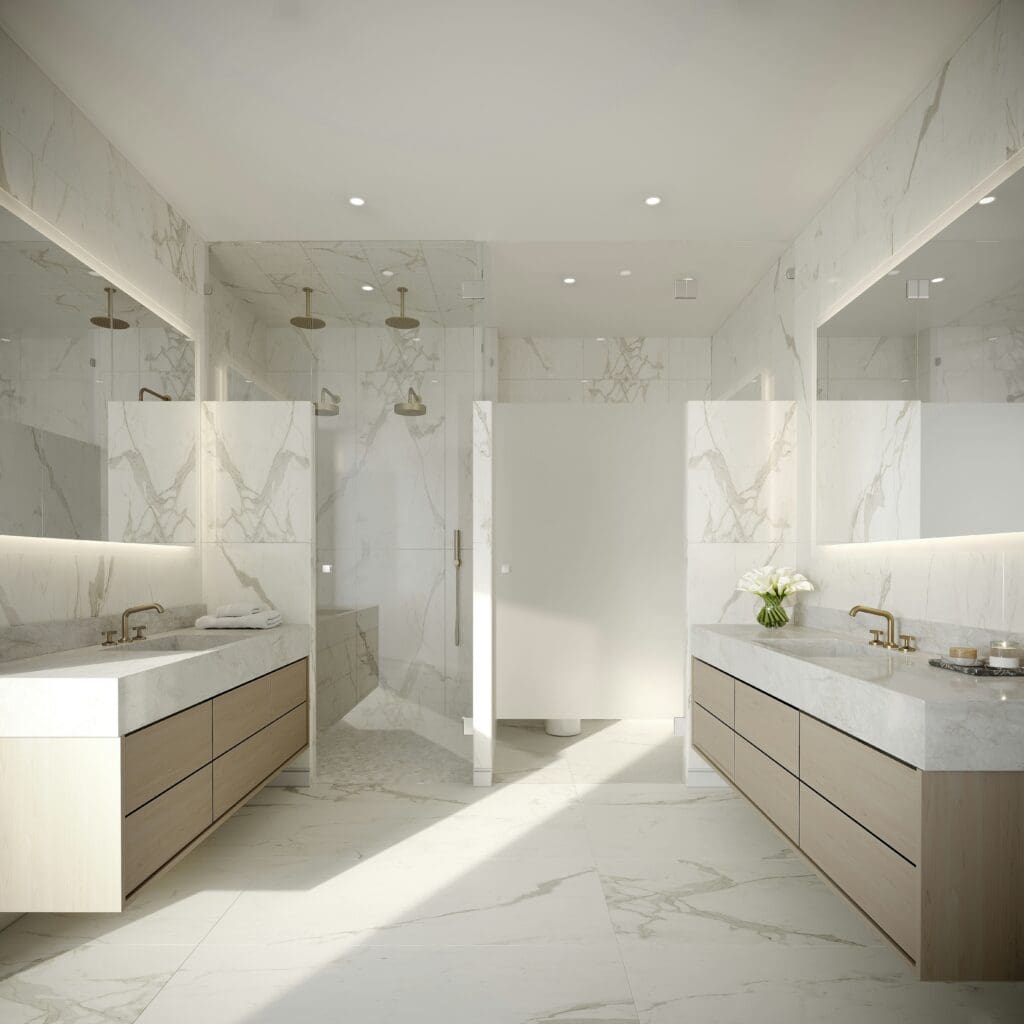

GLASS
Glass countertops are ideal for a sleek and modern look. Glass is stain-resistant and relatively simple to install. To retain that polished luster, be careful to clean with non-scratch materials.
PLASTIC
Plastic is the most affordable material for vanity counters. It comes in a large selection of styles, is durable, requires little upkeep, and is simple to install. In case of scratches on the surface, they can be buffed out with fine-grade sandpaper.
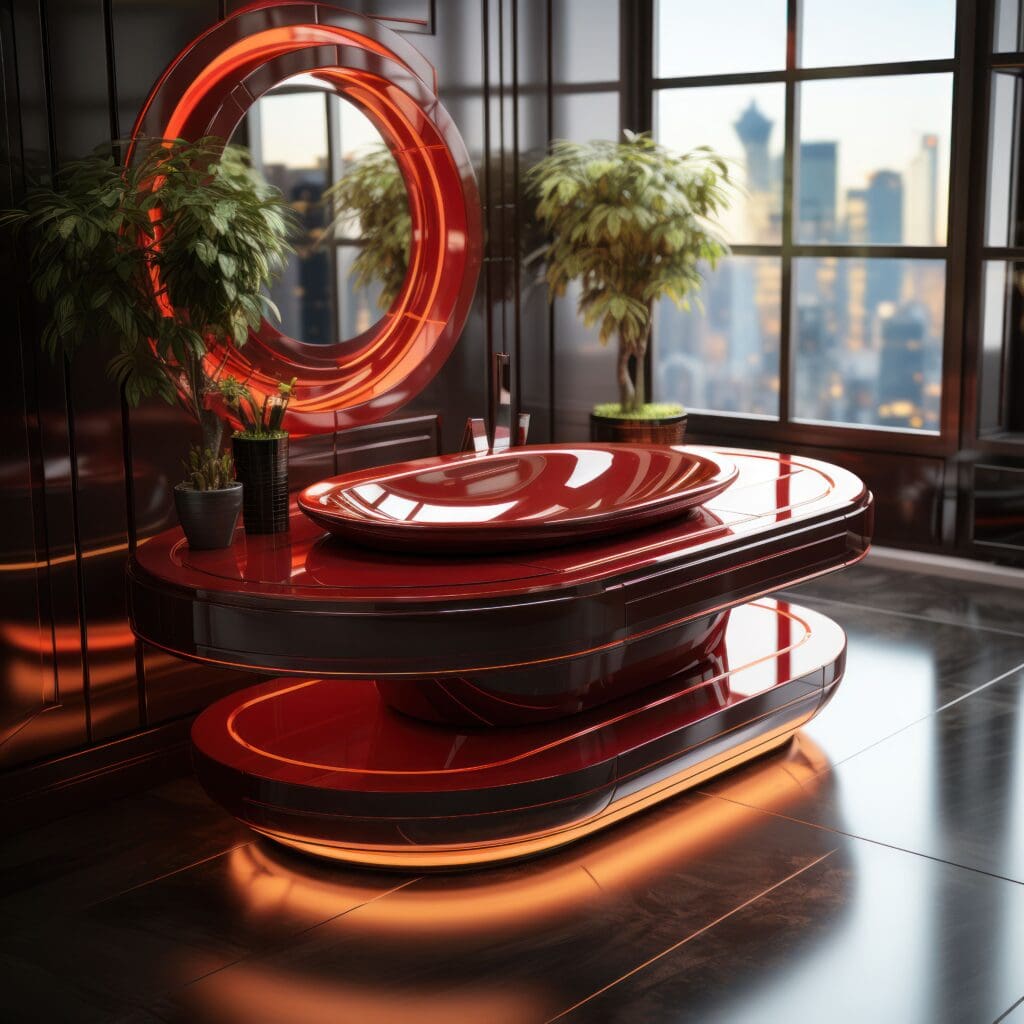

WOOD
Using wood creates a bathroom with a pleasant, rustic look. You can combine a wooden countertop with a metal base or go completely natural with a wooden top and base. Regular wood sealing is necessary to guard against water damage and warping.
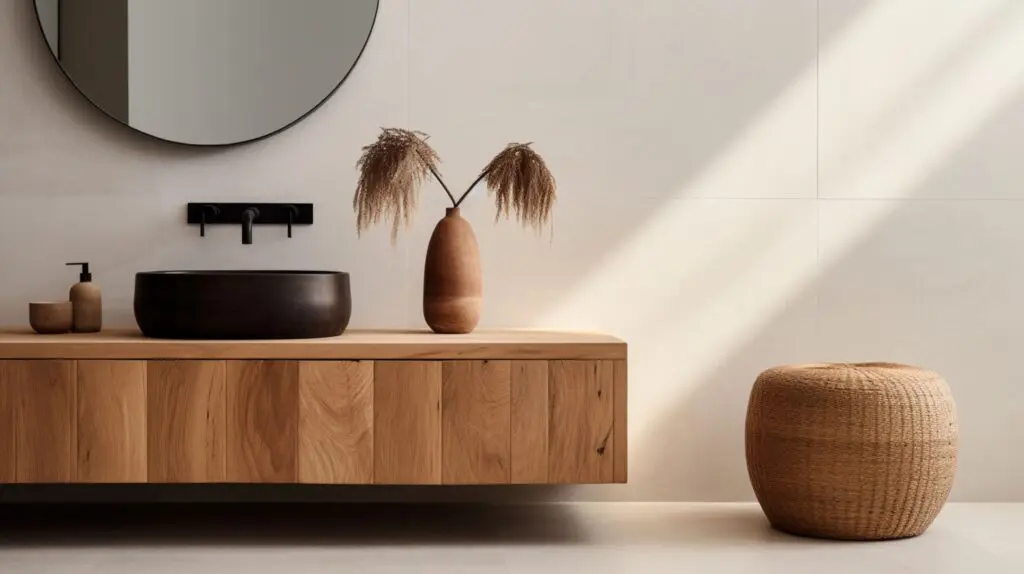

VANITY BASE MATERIALS
While your vanity countertops are important, the vanity base is perhaps the most important choice you’ll make when it comes to materials:
WOOD
The most popular vanity bases are often made of wood. Wood vanity bases come in various styles, from traditional to modern. They usually receive a sealant treatment to ensure that the bases are resistant to moisture.
METAL
Metal base vanities are often made of stainless steel. Metal bases are naturally waterproof, and give a classy appearance to any bathroom. Metal is highly durable and suitable for damp conditions; however it is prone to revealing smudges and fingerprints.
KNOW WITH CONFIDENCE HOW TO CHOOSE A BATHROOM VANITY
Your bathroom vanity should primarily reflect your own style. NYKB are here to advise you on all your bathroom vanity needs. Our design experts will provide you with step-by-step guidance from conception to completion, covering everything from how to choose a bathroom vanity, to helping you polish and stock it for use. Contact us or visit our beautiful bathroom showroom, and we’ll work with you to achieve the vanity and bathroom of your dreams. With over 20 years of experience improving homes and bathrooms in New York, we at NYKB have what it takes to make your home perfect.

